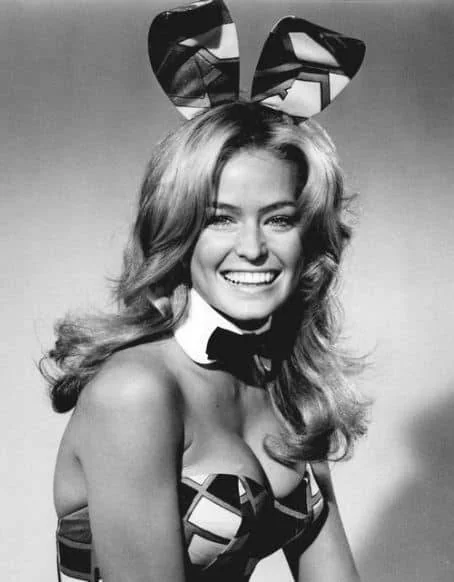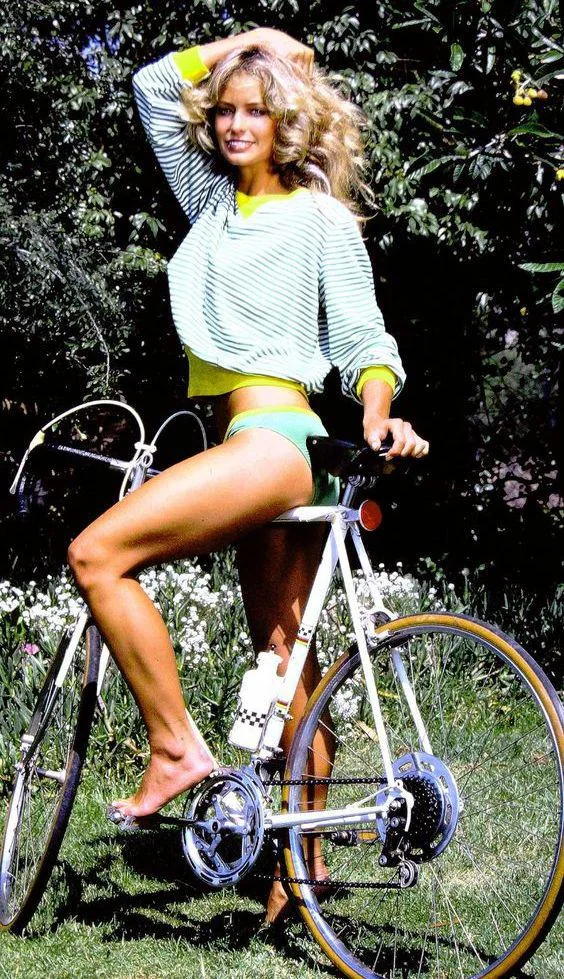Farrah Fawcett: Photos of a Golden Icon of the 70s
Who Was Farrah Fawcett?
Born in 1947 in Corpus Christi, Texas, Farrah Leni Fawcett began her career in the late 1960s, but it wasn’t until the mid-70s that she skyrocketed to fame. After appearing in various commercials and small roles in TV shows, Farrah got her big break as Jill Munroe on Charlie’s Angels in 1976. The series became a massive hit, and Farrah quickly became a household name.
But it wasn’t just her acting that drew attention. Farrah’s charisma, paired with her undeniable beauty, made her a beloved figure both on and off-screen. The world couldn’t get enough of her. As her fame grew, so did the demand for photos of her, each snapshot revealing a new facet of the actress that her fans adored.
The Rise of a 70s Icon
As the star of Charlie’s Angels, Farrah was more than just an actress; she was the face of an era. The 1970s was a transformative time for media, fashion, and culture. Amid all this change, Farrah stood as a beacon of the idealized American woman. She represented the combination of innocence, sensuality, and strength, traits that the public admired and aspired to emulate.
Farrah Fawcett’s Iconic Image
What made Farrah truly special was her distinctive look. Her signature feathered hairstyle became so iconic that it was nicknamed “The Farrah” and imitated by countless women. Her athletic physique, radiant smile, and easy-going personality gave her a down-to-earth aura, making her relatable despite her superstar status.
Her beauty wasn’t superficial. Farrah projected confidence and power, a feminine strength that inspired many women to embrace their independence in a time when gender roles were beginning to shift. It wasn’t just the TV screens that showcased her; her photos, splashed across magazines, posters, and advertisements, captured the essence of the 70s.
The Famous Farrah Fawcett Poster
If there’s one image that solidified Farrah’s status as a global icon, it’s the famous red swimsuit poster. Released in 1976, this poster became the best-selling poster of all time, with over 12 million copies sold. In this image, Farrah sits confidently, her smile beaming and her wavy hair framing her face. The simplicity of the shot—just Farrah in a bright red one-piece swimsuit—allowed her natural beauty and charm to shine through.
“The poster became a symbol of the 70s and remains one of the most memorable images in pop culture history.”
This poster not only epitomized her allure but also marked a shift in the perception of female celebrities. Farrah wasn’t just a model posing for the camera; she embodied a new kind of star: sexy, strong, and in control. This image continues to resonate, reflecting the style and attitude of a generation.
A Cultural Phenomenon: The Power of Fawcett’s Photos
Beyond the red swimsuit poster, photos of Farrah Fawcett captured key moments in her career and personal life. Each image reflected a different side of the actress, and together, they painted a portrait of someone who was not just a pretty face, but a force of nature.
Her Influence on Fashion and Beauty
Farrah’s photos had a profound impact on fashion and beauty standards. Her natural yet glamorous style set trends across the world. From her voluminous hair to her sun-kissed tan, women of the era flocked to beauty salons asking for “The Farrah,” trying to emulate the actress’s effortless style. Her influence extended beyond fashion magazines and television; it permeated the culture of the 70s, leaving a lasting legacy that still resonates today.
Defining 70s Beauty Standards
Farrah’s photos challenged and redefined traditional beauty standards of the time. She was the perfect blend of all-American girl-next-door charm with an undeniable sensuality that didn’t need to be overt or exaggerated. Her photos showed women that they could be both powerful and feminine, athletic and beautiful.
In a decade where women were fighting for greater freedom and rights, Farrah Fawcett’s image was empowering. She represented a generation of women who were strong, confident, and not afraid to take control of their own narratives.
References





































